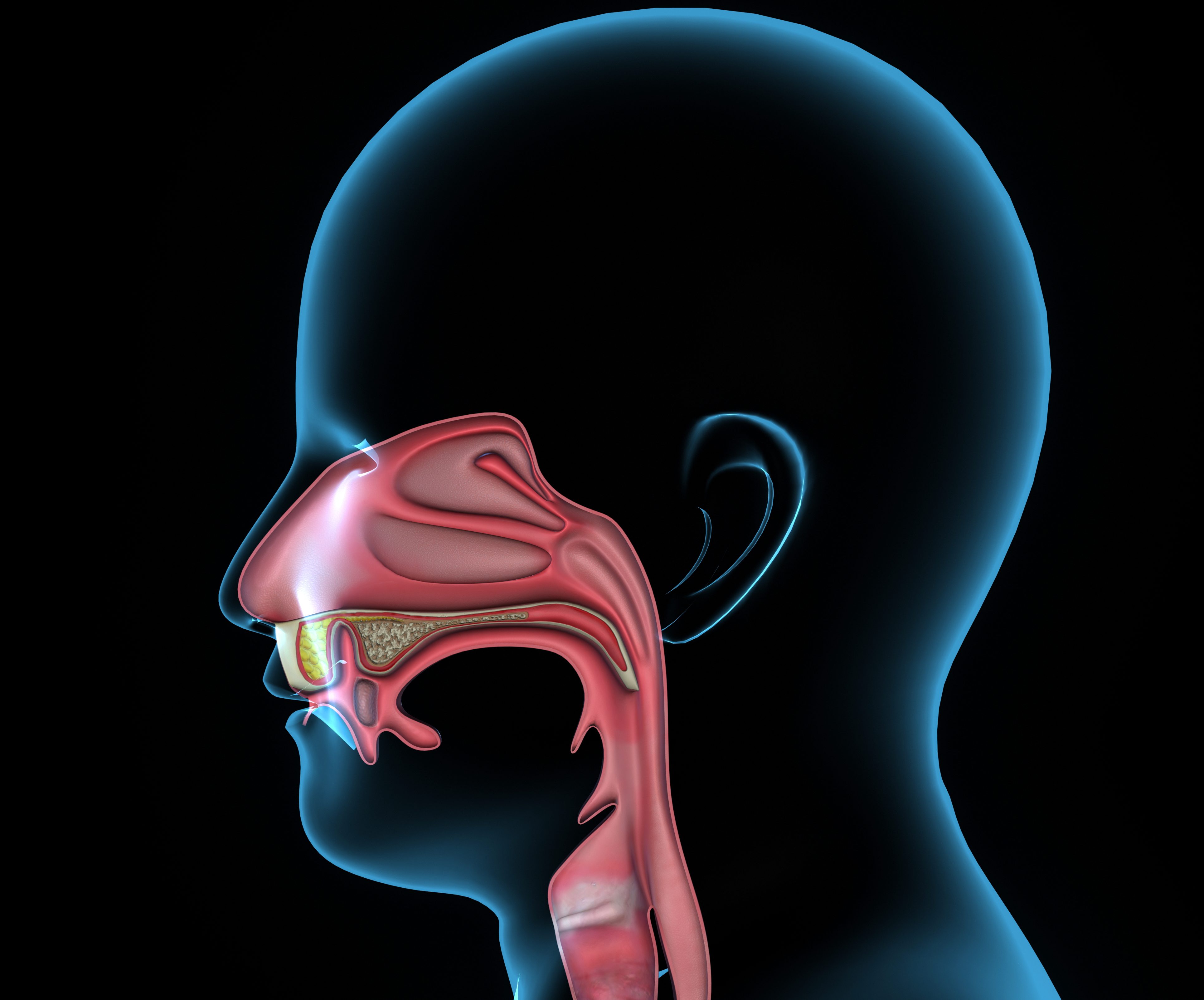
Ahead of Mouth Cancer Action Month this November, Deborah Lyle takes a closer look at the group of diseases, and explains how dental professionals can help detect oral cancer early
Globally, the number of people with mouth cancer is growing at an alarming rate; in the UK alone, more than 8,000 new cases are diagnosed each year, which is an increase of 135%, compared to 20 years ago (Oral Health Foundation, 2018).
Regrettably, late-stage oral cancer can have a high mortality rate. However, when caught early, the survival rate can rise significantly.
The dental profession is the first line of defence for the early detection of this devastating disease. However, there is always more to be done to raise awareness, which, at present, remains low.
Increased patient understanding results in improved self-management, behavioural change and better health outcomes (Paterick et al, 2017). However, it has been reported only 8% of British adults feel confident about their knowledge of mouth cancer (Oral Health Foundation, 2018).
As part of the drive to educate patients, the dental team is ideally placed to provide easy-to-understand information and raise awareness.
Dental professionals can help patients by explaining how mouth cancer can develop, the risk factors associated with the disease and, most importantly, the common signs and symptoms to look out for.
In this way, patients are better informed, more capable of self-checking, and more likely to seek medical attention if they discover anything unusual.
What is mouth cancer?
In nine out of 10 cases, mouth cancer (or oral cancer) forms when changes or mutations occur in the squamous cells that line all surfaces of the skin and mucosa, including the inside of the lips, mouth, throat, tongue and tonsils.
It is not clear exactly what causes these mutations, but, according to www.nhs.uk, squamous cell carcinoma can develop on the surface of the tongue, the insides of the cheeks, on the palate or on the floor of the mouth, as well as on the lips and gums.
Other less common types of mouth cancer include adenocarcinomas, which develop inside the salivary glands, and sarcomas that develop due to abnormalities in bone, cartilage or muscle.
Lymphomas that usually grow from cells in the lymph glands can develop in the mouth, and, although rare, oral malignant melanomas, which begin in the cells that produce skin pigment, can also appear in the oral mucosa, according to www.oralcancerfoundation.org
In all cases, early detection is vital to catch the disease before it metastasises and to greatly increase the chances of survival.
Who can get it?
Mouth cancer can occur in people of all ages, but it is slightly more likely to occur in males than females, and is strongly related to age.
It is most prevalent in the 50 to 74 age group, but it can also affect younger adults, where the human papillomavirus (HPV) infection is thought to be associated with the majority of cases.
Individuals with a history of head or neck cancers are also at greater risk of developing mouth cancer, particularly if they drink alcohol or smoke.
Risk factors, signs, and symptoms
Patients should be made aware of the main factors that have been shown to increase the risk of developing mouth cancer. These include the use of tobacco products and the consumption of alcohol, which both contain nitrosamines that are known to cause cancer.
As mentioned previously, HPV infection is also associated with oral cancer and it has been strongly suggested that the HPV 16 strain is the main driver of HPV-related oral cancers (Sugiyama et al, 2003).
Most patients are aware that prolonged sun exposure can increase the risk of skin cancer, but they may not realise this includes lip cancer.
In addition, www.stanfordchildrens.org says that chronic irritation to the lining of the mouth may heighten the risk of developing mouth cancer, and a diet that is low in fruit and vegetables containing antioxidants has also been implicated.
Worryingly, it has been suggested that 75% of adults are unable to identify the major indications of mouth cancer (Oral Health Foundation, 2018).
Spotting the signs
To increase the chances of fighting this disease, patients should perform self-checks between dental visits. Certainly, it is critical to ensure all patients are aware of the following signs and symptoms:
- Ulcers or sores that do not heal within 14 days
- White or red patches inside the mouth
- A growth or lump on the lip or in the mouth, throat or neck
- Pain, numbness or bleeding in the mouth area
- Difficulty chewing or swallowing
- Persistent pain in the throat or ear
- Change in voice or speech problems.
Patients should be instructed to use a mirror to check the inside of the mouth, tongue, and space under the tongue for any abnormalities. In addition, patients should run their finger around the mouth and tongue to check for any lumps, and feel the neck for anything unusual.
It should be stressed that if anything abnormal is noticed or if the patient has any doubts they should seek medical attention immediately.
References
Goyal CR, Lyle DM, Qaqish JG, Schuler R (2013) Evolution of the plaque removal efficacy of a water flosser compared to string floss in adults after a single use. J Clin Dent 24(2): 37-42
Oral Health Foundation (2018) The state of mouth cancer UK report 2018/2019
Paterick TE, Patel N, Tajik AJ, Chandrasekaran K (2017) Improving health outcomes through patient education and partnerships with patients. Proc (Bayl Univ Med Centre) 30(1): 112-113
Sugiyama M, Bhawal UK, Dohmen T, Ono S, Miyauchi M, Ishikawa T (2003) Detection of human papillomavirus-16 and HPV-18 DNA in normal, dysplastic, and malignant oral epithelium. Oral Surg Oral Med Oral Pathol Oral Radiol Endod 95(5): 594-600


